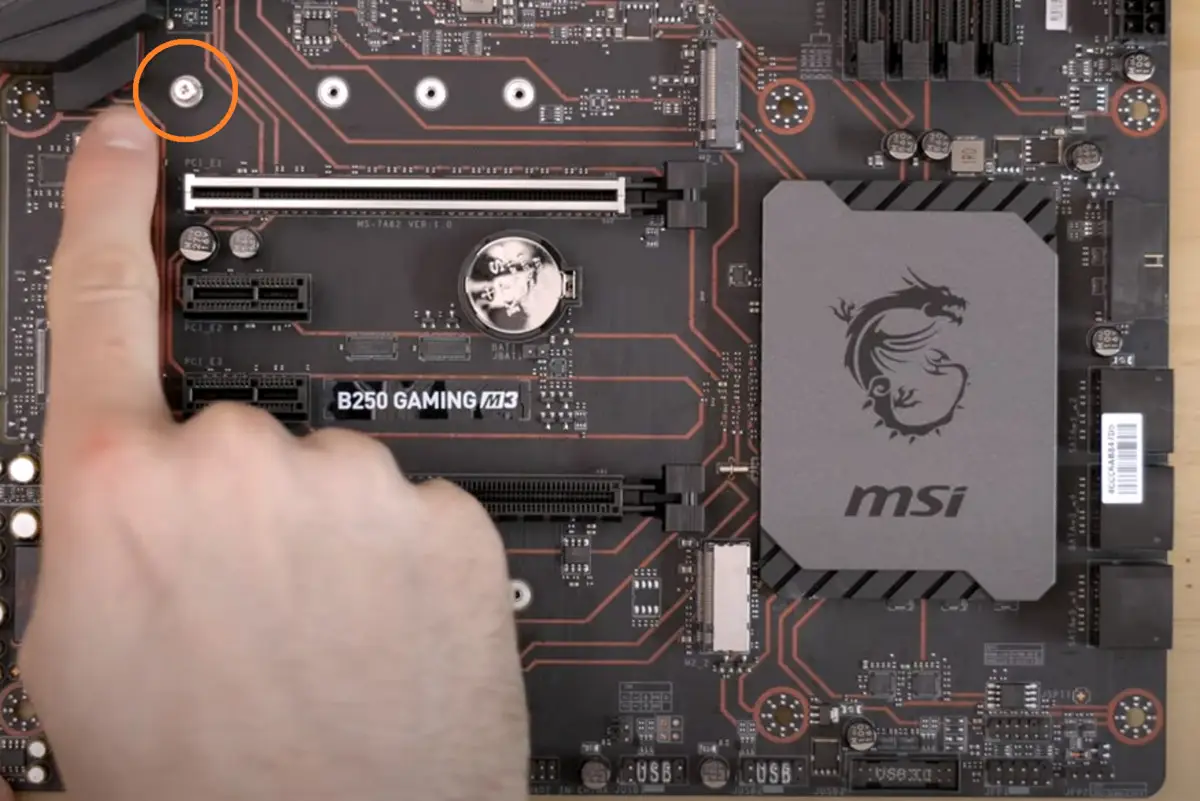Introduction
Welcome to our comprehensive guide on how to add an SSD drive to your PC!
An SSD can significantly improve your systems responsiveness, reduce boot times, and enhance overall efficiency.
This means that there are no moving parts, resulting in substantially faster read and write speeds.

We will provide guidance on how to grab the best SSD that suits your needs.
Additionally, well discuss the tools youll need to gather to ensure a smooth installation process.
If youre not comfortable with this level of technical work, we recommend seeking professional assistance.
Well cover these topics in detail, providing you with the necessary information to optimize your SSD experience.
Additionally, well address some common issues that may arise during the installation process.
An SSD is a storage unit that uses flash memory technology instead of spinning platters like HDDs.
Flash memory allows for faster read and write speeds, resulting in improved system performance.
One of the main advantages of SSDs over HDDs is their lack of moving parts.
HDDs use an arm with read/write heads to access data stored on spinning disks.
This mechanical process can cause delays and increase the risk of data loss due to physical damage.
Another crucial aspect of SSDs is their form factor.
Commonly available in 2.5-inch and M.2 form factors, SSDs can fit into most desktop and laptop computers.
When it comes to choosing an SSD, storage capacity is an important consideration.
SSDs come in various sizes, ranging from 120GB to multiple terabytes (TB).
The interface of an SSD determines how it connects to your PCs motherboard.
The most common interfaces are SATA and PCIe.
SATA III is widely supported and provides fast and reliable performance for most users.
These include storage capacity, form factor, interface, and budget.
First, consider the storage capacity that you require.
SSDs are available in a range of capacities, from as low as 120GB to several terabytes.
Assess your storage needs by considering the size of your operating system, applications, and files.
Its important to allocate enough space to accommodate your current data and allow room for future growth.
Next, determine the form factor that will best suit your PCs hardware configuration.
The two most common form factors are 2.5-inch and M.2.
The interface of the SSD is another crucial consideration.
SATA III and PCIe are the two main interfaces available.
SATA III is the most widely supported and offers fast and reliable performance for most users.
Its compatible with older systems and offers excellent value for money.
Budget is also an important factor to consider.
Determine your budget and prioritize the features that are most important to you.
Remember that investing in a high-quality SSD can significantly enhance your PCs performance and provide long-term value.
Look for SSDs with good reliability ratings and positive customer feedback.
These brands are known for their reliable products and excellent customer support.
Having the right tools at hand will save you time and help prevent any damage to your hardware.
These steps will help minimize any potential issues and ensure that your PC is ready for the SSD upgrade.
Additionally, if youre not comfortable working inside your PC, its recommended to seek assistance from a professional.
Now that the PC case is open, its time to proceed with the installation of the SSD.
In the next section, we will guide you through the steps to properlyinstall the SSD into your PC.
If you are using a 2.5-inch SSD, continue to the next step.
If you have installed an M.2 SSD, skip to step 8.
Now, lets move on to connecting the power cable:
Congratulations!
This will switch on the SSD to function properly and perform any read and write operations as needed.
Ensure that the connections are snug and secure to avoid any intermittent data transfer issues.
They connect directly to the M.2 slot on the motherboard, eliminating the need for a data cable.
Take a moment to admire your handiwork and ensure that everything looks neat and tidy.
If necessary, consult the documentation of your SSD or seek further assistance to troubleshoot the recognition issue.
In the following sections, we will guide you through these processes in detail.
This will enhance the overall efficiency of your system and improve the lifespan of the SSD.
In the next section, we will guide you through the process of transferring data to your new SSD.
Remember to keep a backup of your important files in case of any issues during the transferring process.
Take your time to explore the controls and refer to the manufacturers documentation if you stumble on any difficulties.
Troubleshooting steps like these often help resolve common problems.
Conclusion
Congratulations!
You have reached the end of our comprehensive guide on how to add an SSD drive to your PC.
You gathered the necessary tools, prepared your PC, opened the case, and securely installed the SSD.
You connected the power and data cables, closed the PC case, and rebooted your setup.
Additionally, you learned how to configure the SSD, transfer data, and configure the BIOS/UEFI prefs.
An SSD upgrade can significantly enhance your PCs performance and improve your overall computing experience.
Thank you for choosing this guide, and happy computing with your new SSD!